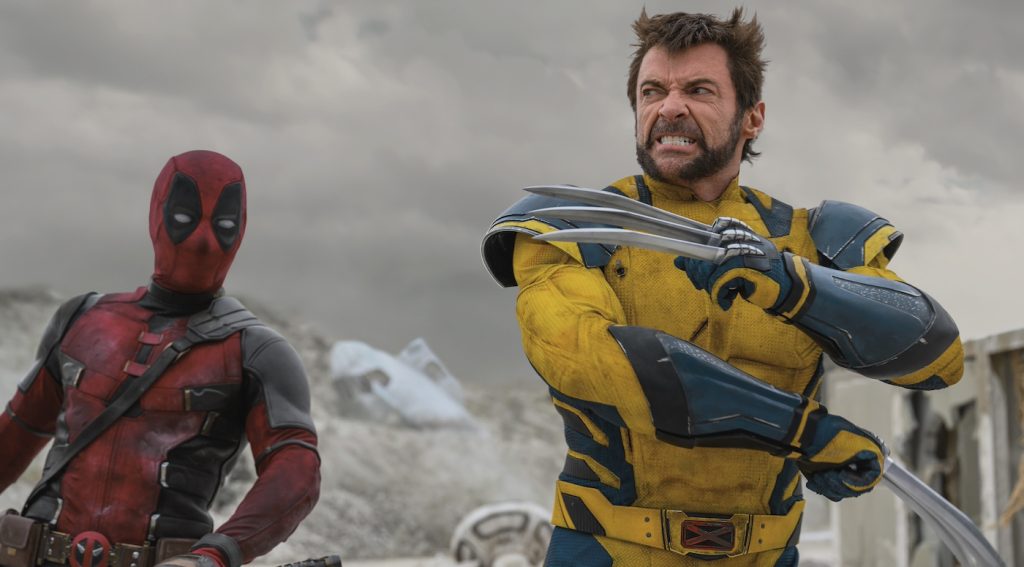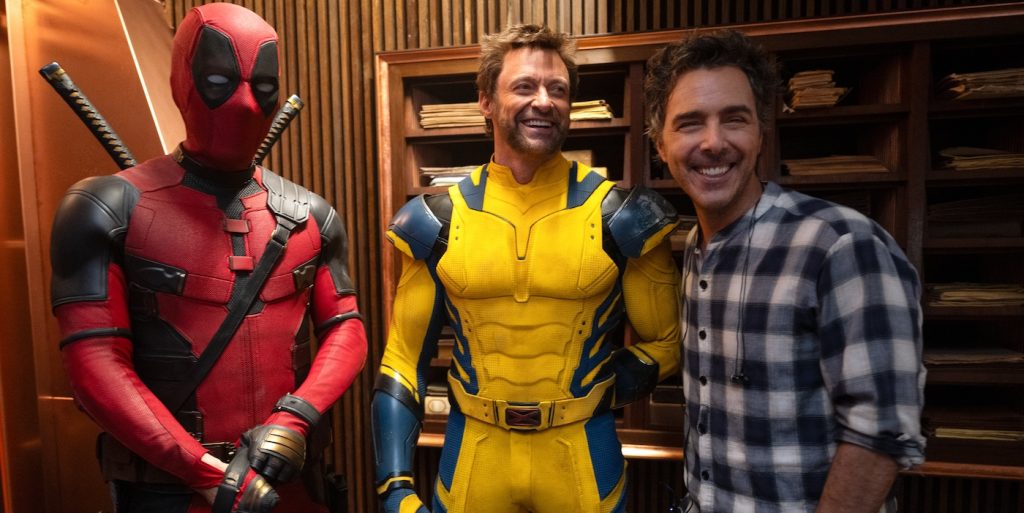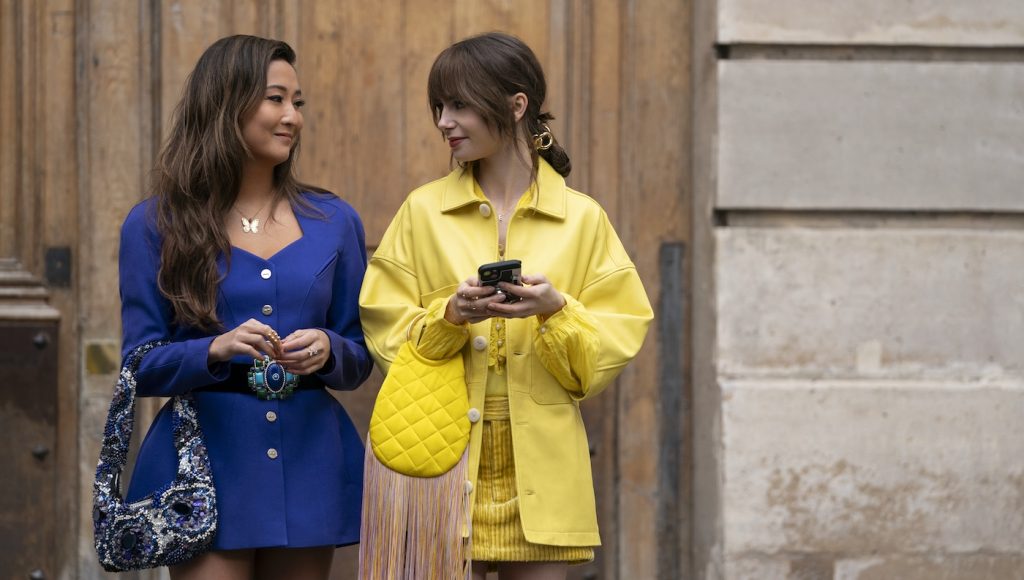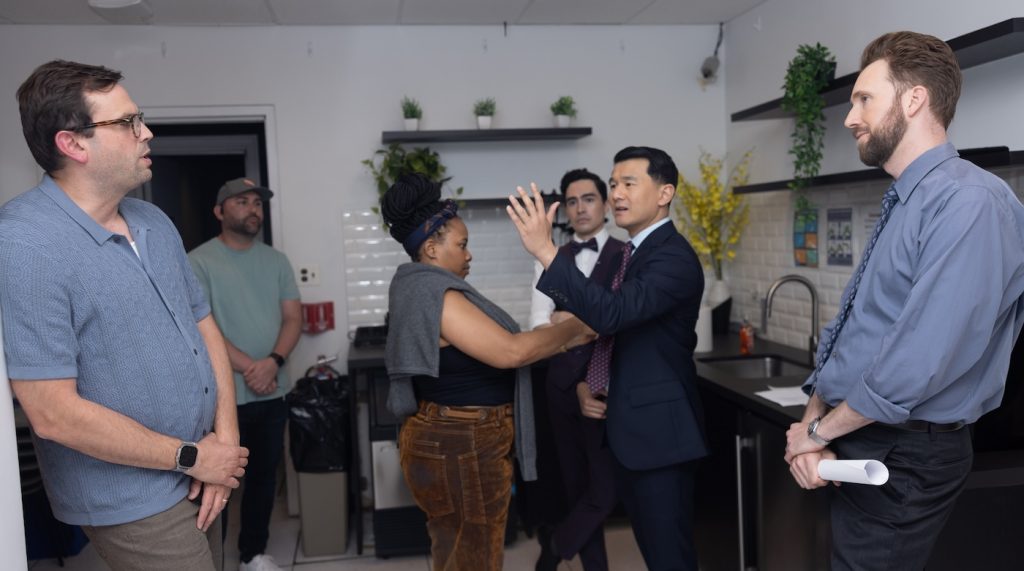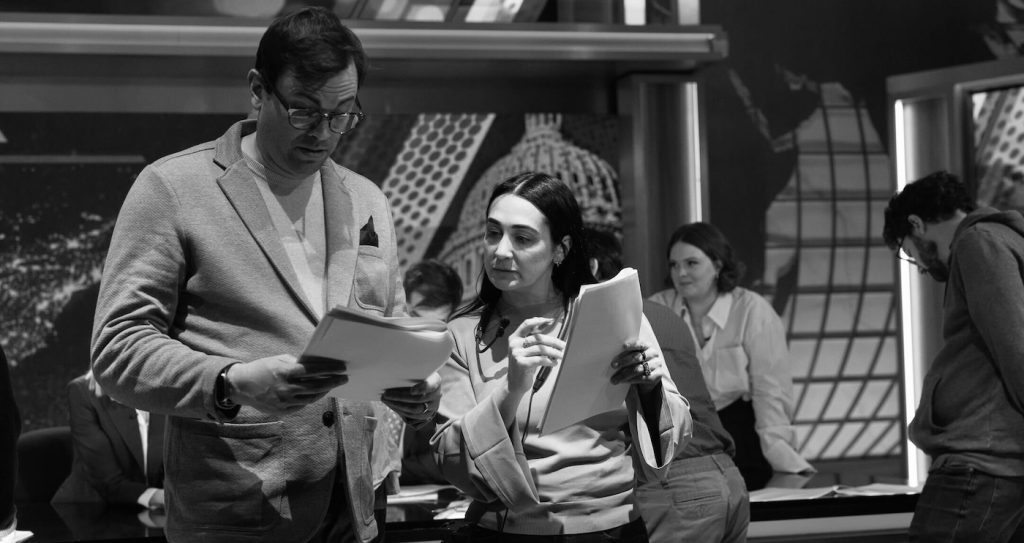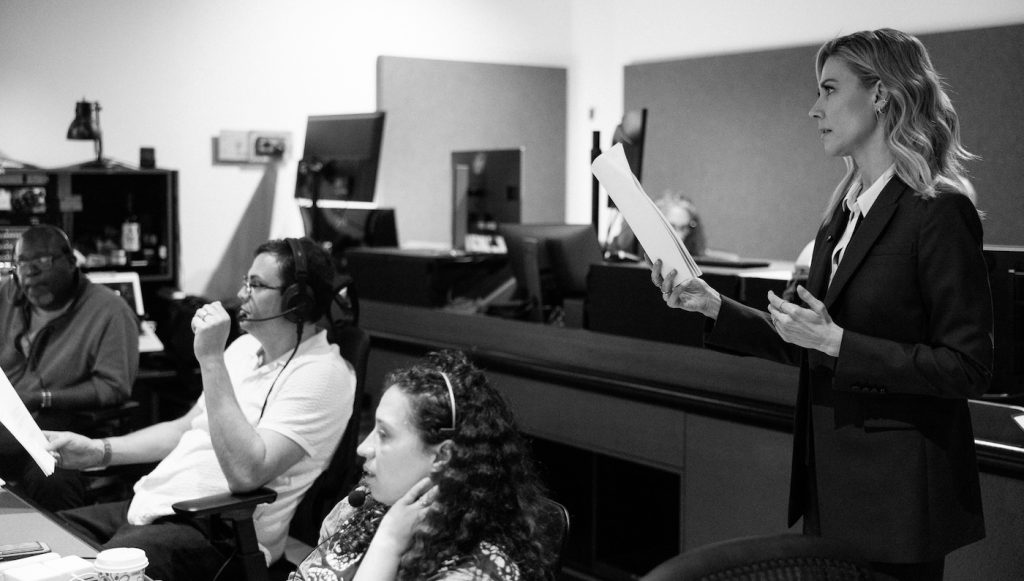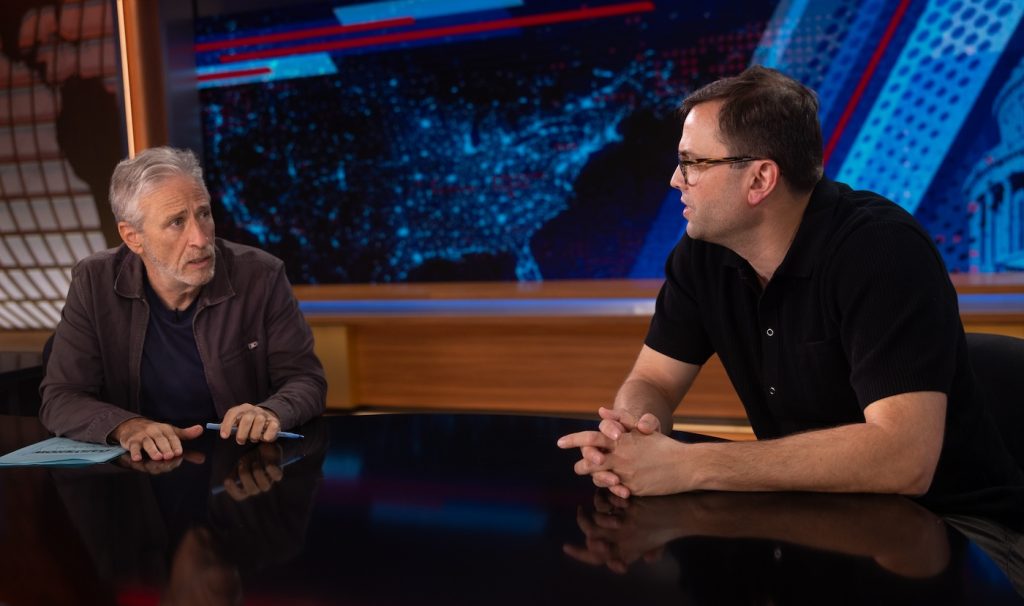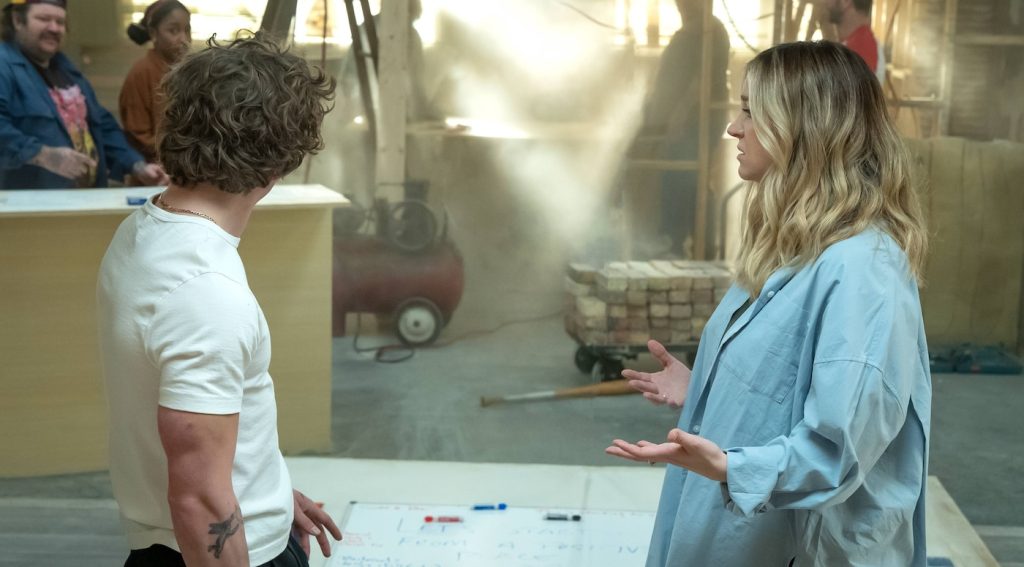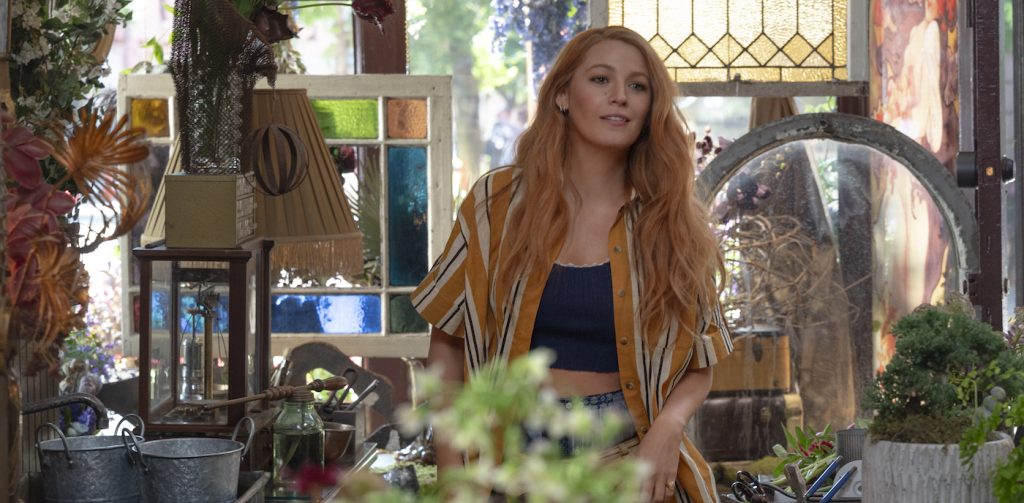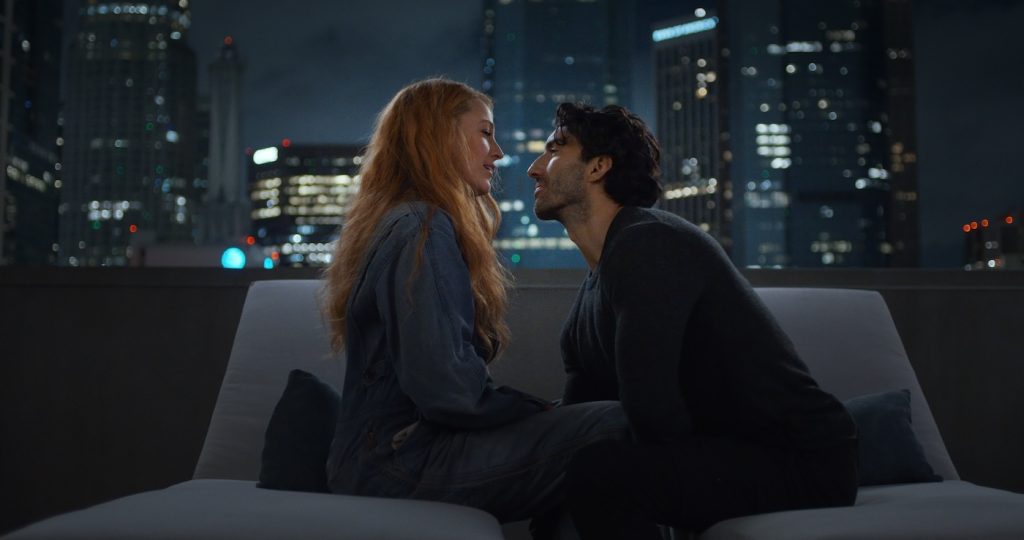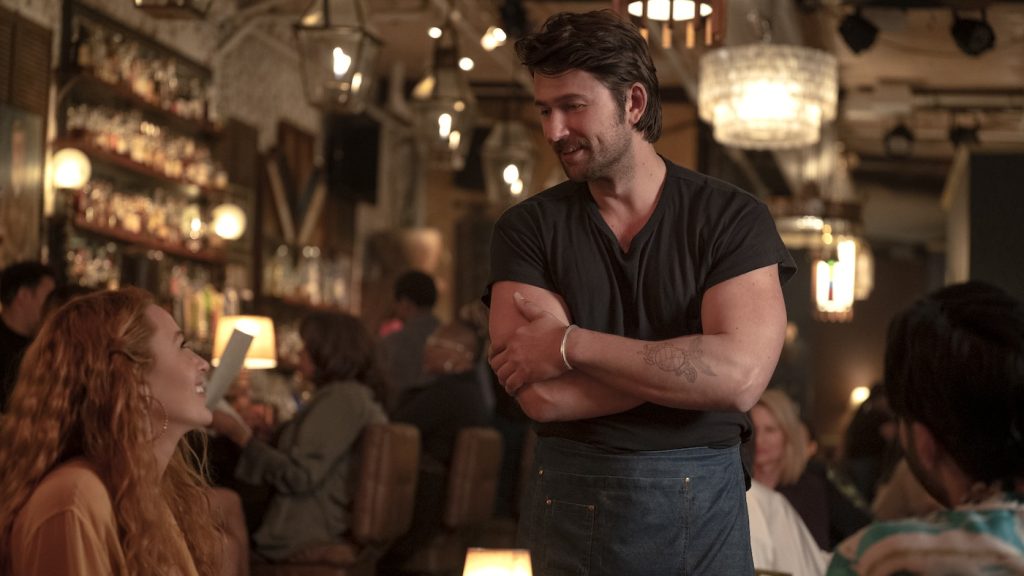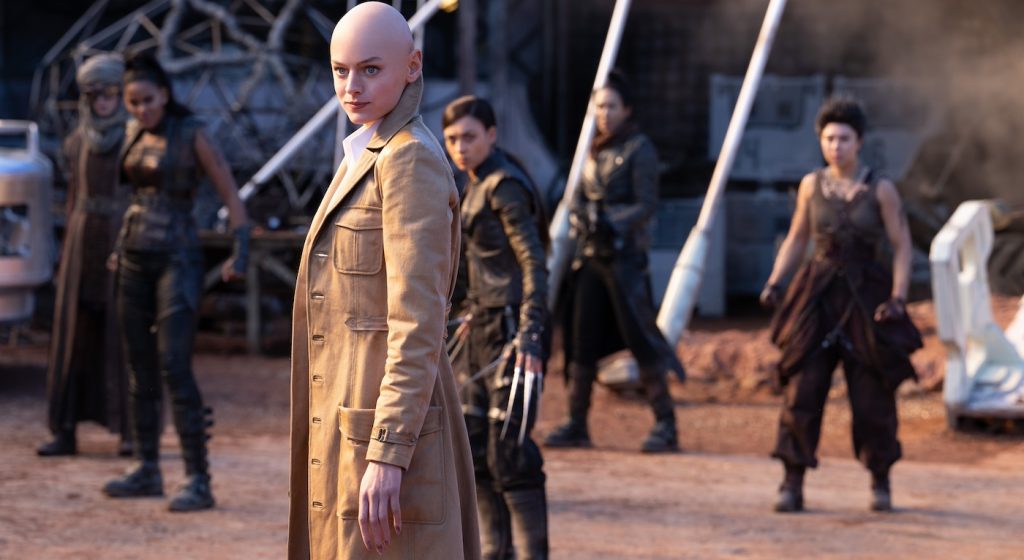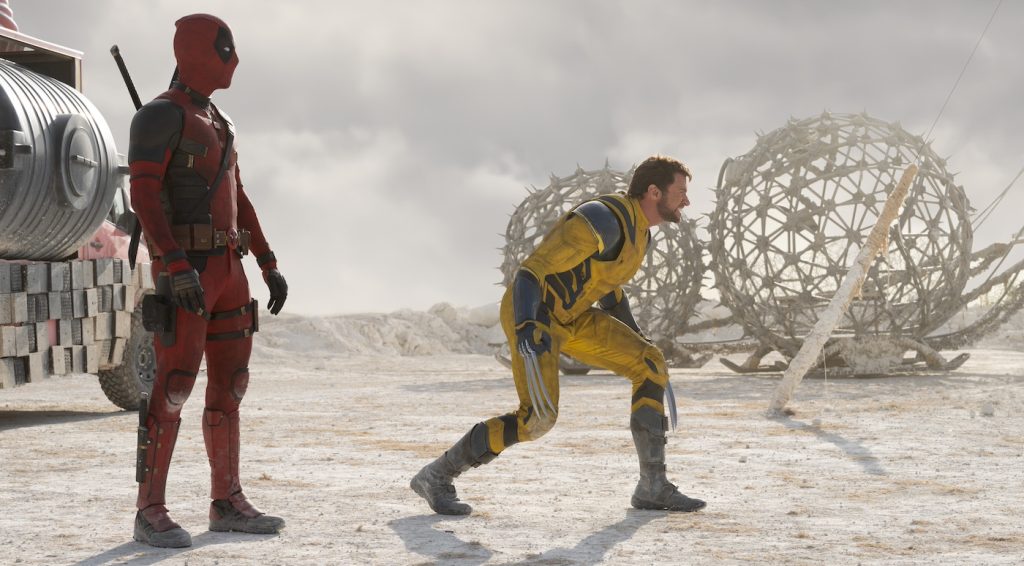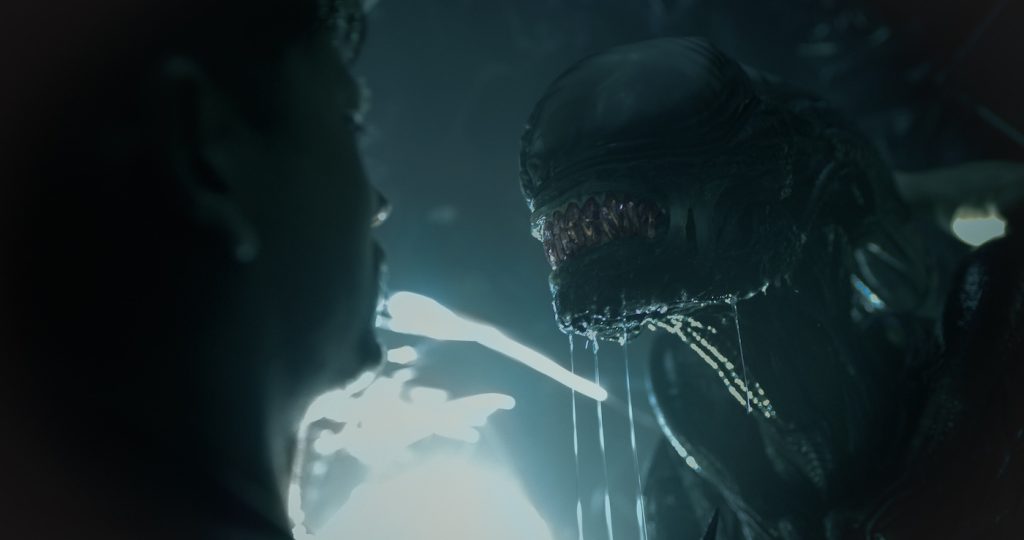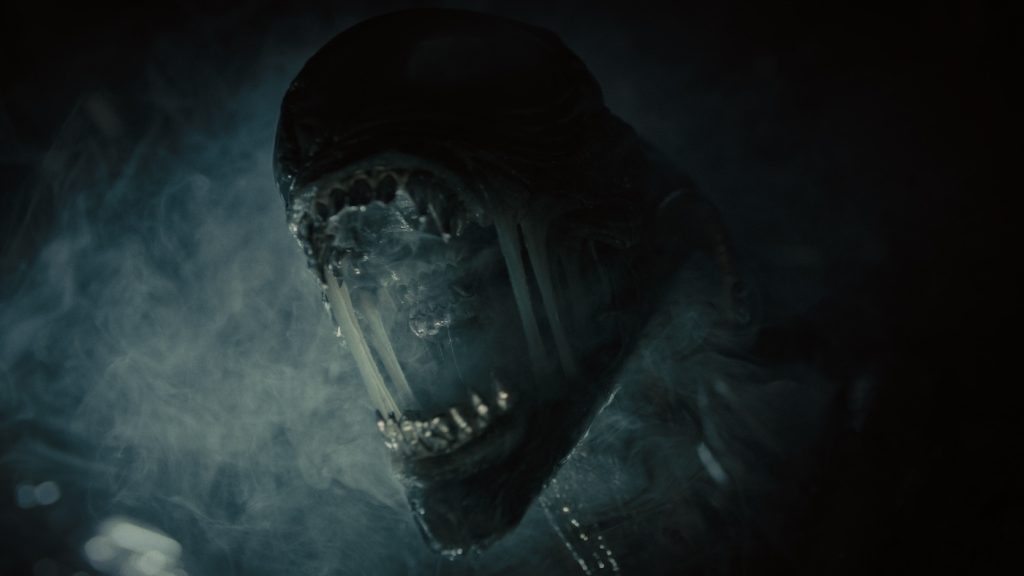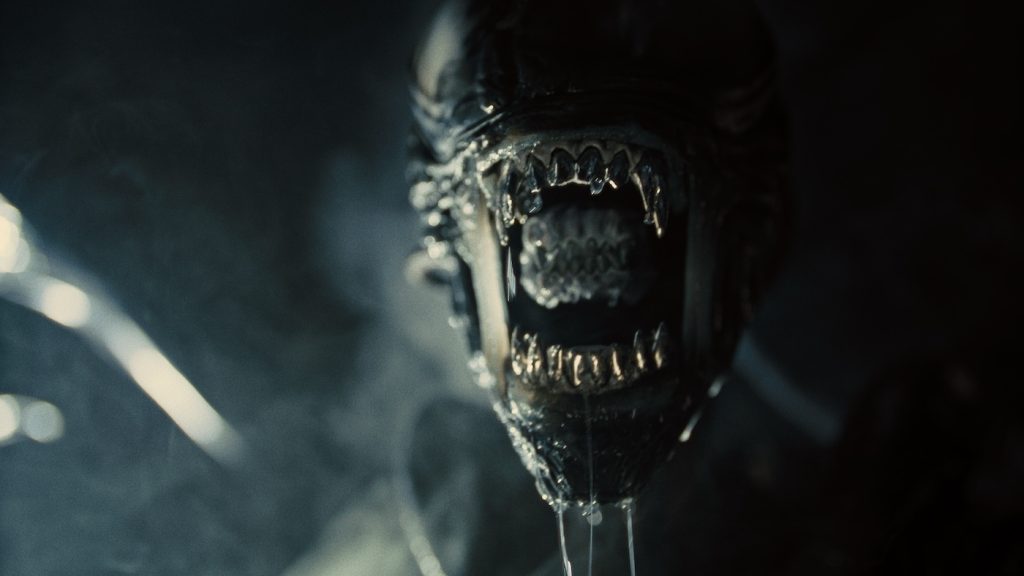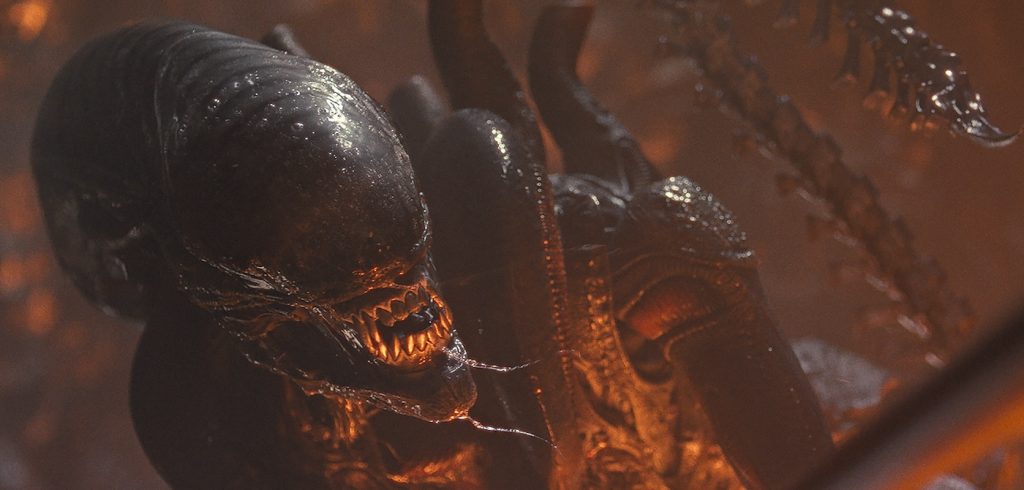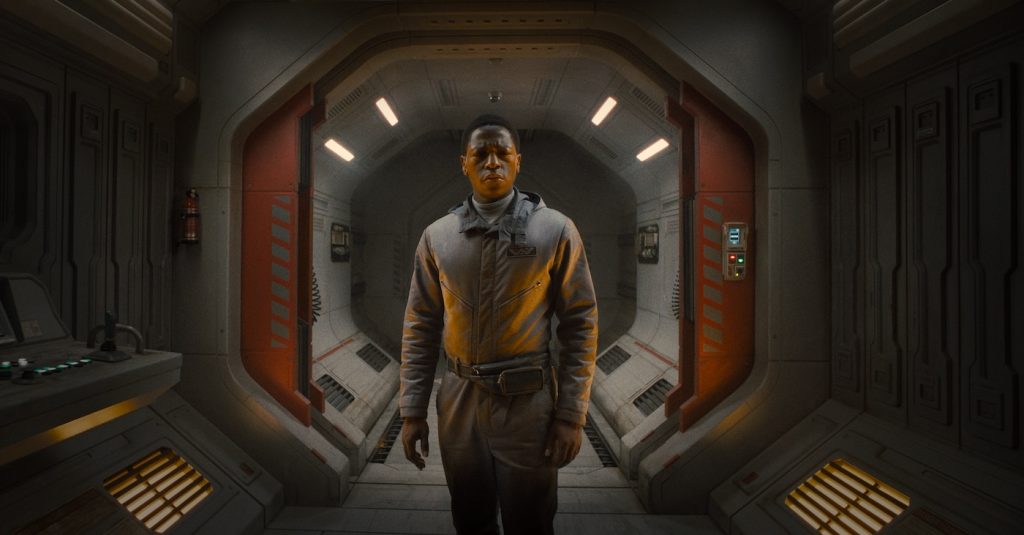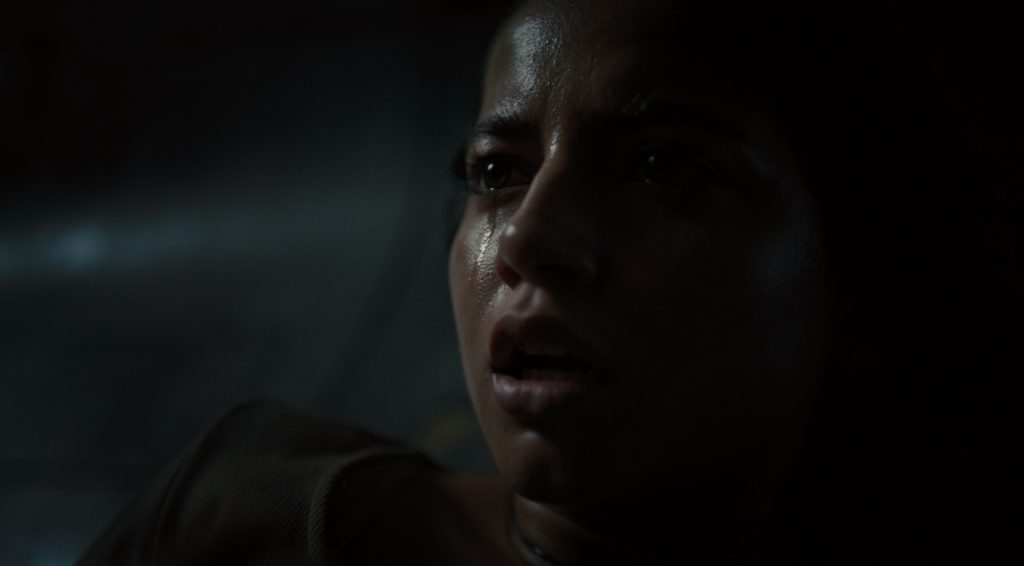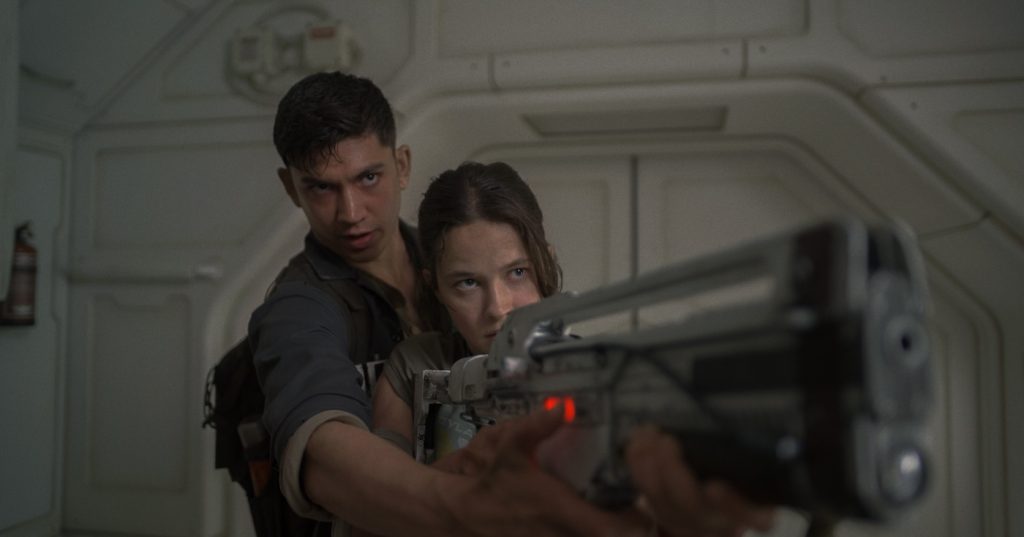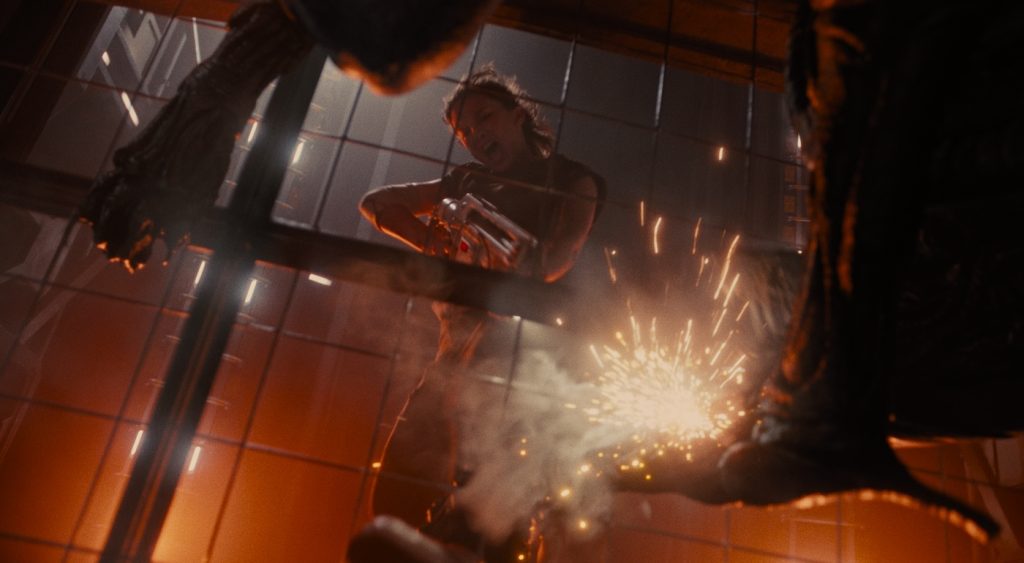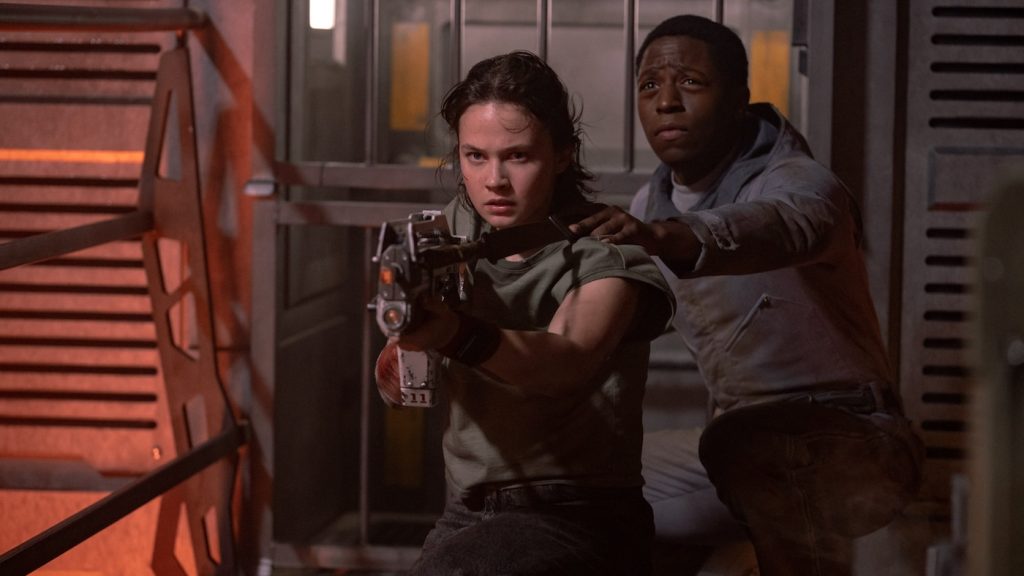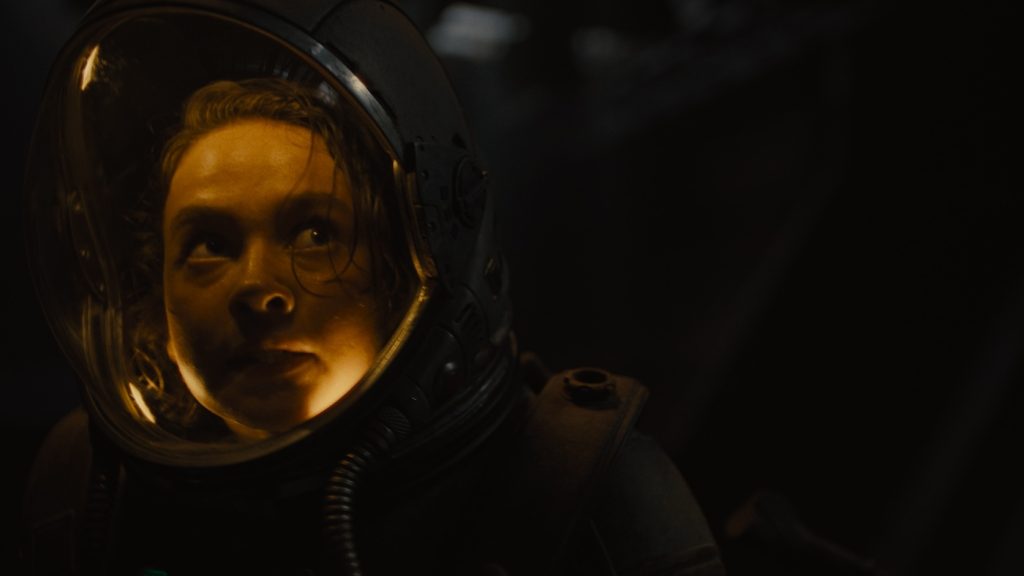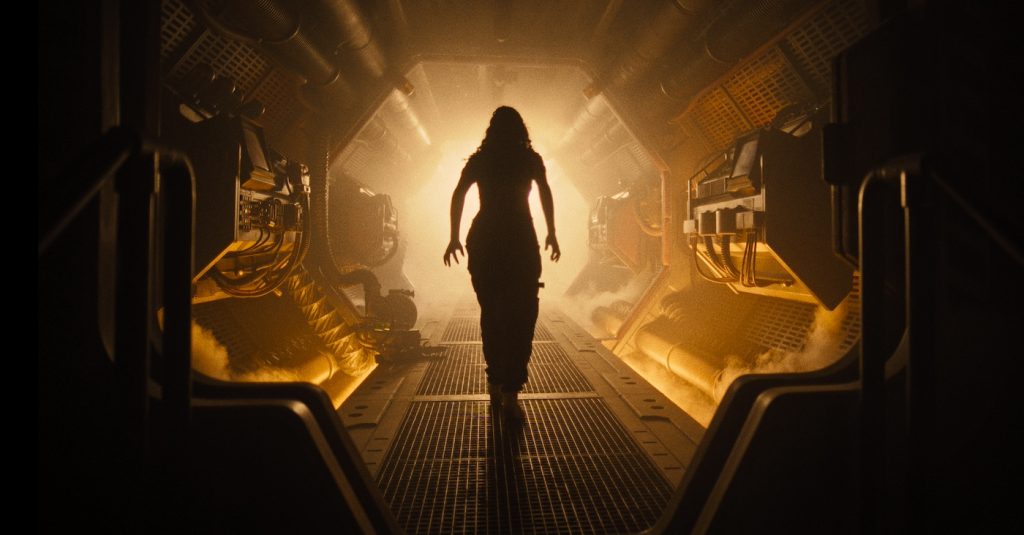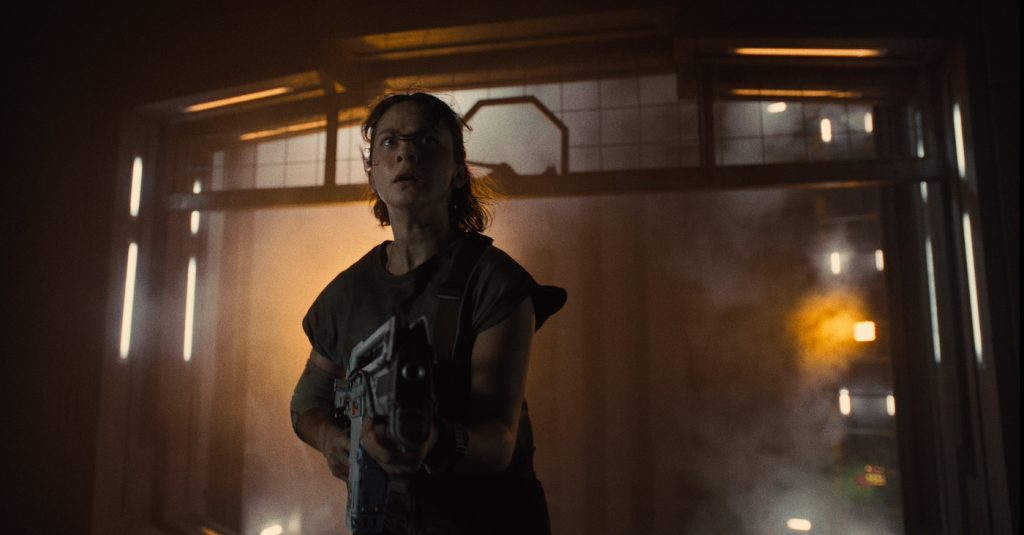In the last installment of our conversation with Deadpool & Wolverine’s second unit director and stunt coordinator George Cottle, we covered the hysterical dance/action opening sequence and what it took to shoot the bone-crunching brawl inside a real Honda Odyssey minivan. Smashing box office records on every level—the first R-rated movie to open domestically over $200 million, the sixth biggest domestic opening of all time—the film joined the billion-dollar club just 23 days after opening in theaters, surpassing Joker to become the highest-grossing R-rated movie worldwide.
Deadpool’s effort to save his universe takes him and his unlikely buddy Wolverine to the Void, a wasteland where useless things go to rot. Echoing the repercussions from the real-life Disney-Fox merger, this is where we find the superheroes from many of the Fox Marvel films, which allowed for a string of stunning cameos, callbacks, and Easter eggs. Some of these include Wesley Snipes’ surprise return as Blade (after 20 years!), Channing Tatum’s deliciously wacky turn as Gambit, and Jennifer Garner’s sai-wielding assassin Elektra. Another cameo that was a real shocker was Henry Cavill’s ephemeral appearance as Cavillrine!
Cottle breaks down how they handled all that cameo madness.
Now let’s get to the wild cameos that thrilled fans. What went into choreographing the action with Gambit, Blade, Elektra, and X-23 (Dafne Keen) as they battled in the Void?
We had endless meetings with Shawn and Ryan about where we wanted to go with the characters, and Zoom calls with Channing and Wesley about what angle they wanted us to take. It was really tricky because these were all spoilers. So, whenever we were doing stunt rehearsals, we had to be so careful. Blade is iconic and Gambit is so distinctive with his deck of cards. When a couple of the stunt guys heard we were designing a scene with throwing cards, they immediately knew it was Gambit! So, trying to control that was difficult. We chipped away at that sequence with four to six stunt guys, shot little fight clips, and added the visual effects before taking it to Shawn and Ryan. For the stunt viz, we brought in 50 stunt people, including the leads’ doubles, and shot for a week to come up with five minutes of footage. Then, the editors worked their magic with our viz to narrow it down to what we really needed to get [with the actors on main unit].

How long did you have the actors for this sequence?
A week for the main unit shoot. So, we had to be surgical in how we shot and edited it, and the way Josh [McLaglen] our first AD had to schedule it so that not one second was wasted with our heroes. As soon as Jen, Wesley, Channing, and Dafne heard that this was going to happen, they started training. We shot little stunt rehearsals for them to practice and they did it on their own time. They worked tirelessly to get these routines down. By the time they got to London for the week of rehearsals, they already looked so bloody amazing. We just fine-tuned it and were ready to shoot.
What was it like to work on Blade’s sequences?
Blade was so influential to me when I was a kid. I saw it the first week it was released. Things like the Blade boomerang and the way he shot and pinned the guy to the wall, I really wanted to bring those moments into this.
Gambit has never been seen in a live-action adaptation. How did you incorporate his fighting style with the playing cards and how he manipulates kinetic energy?
Channing had a really good understanding of the character and helped bring him to life. We knew he wanted to use the cards and the bo-staff—in the comic book, he can split the staff. Gambit is incredibly acrobatic and Channing is one of the most talented physical performers for an actor that I’ve ever worked with. What he brought to the table was incredible.
*whispers* Marvel Sparkle Circle #DeadpoolAndWolverine❤️💛 pic.twitter.com/TtuZ5jSAdL
— Ryan Reynolds (@VancityReynolds) August 27, 2024
How do you make sure the action makes sense for the characters while also moving the story forward?
That’s a very good point. We wanted to get as much of it in-camera as we could—I don’t think there was any of the fights that we didn’t capture in-camera. So much of it was driven by the characters, Ryan and Shawn really wanted to pay tribute to these incredible characters that fans have admired for years. We’d get texts from them of images from a comic book of something they wanted to incorporate. When I showed it to the stunt guys, some would know which issue and which page that came from! Even down to the Wolverine run, where he digs his claws and feet into the ground and kind of gallops on all fours, being able to bring that to life was such a fun moment. Grounding these characters makes it so much more visceral and real, you feel like you’re there with these characters.
When Deadpool and Wolverine go up against Deadpool Corps on the street and through the bus, how was that accomplished?
We shot it as a owner [a scene shot without cuts] and did that over a week on a 150-foot track with a remote camera rig. We shot it in four parts because there were over 100 people in that sequence and we didn’t have 100 stunt people and 100 Deadpool suits. So, we did it in waves of 40 people, in a way that we’d be able to stitch it together like one giant take—we shot it almost like a play. From the beginning to the back of the bus, the whole thing stitched together as one take. The fight you see was what we shot, they just picked the best parts.
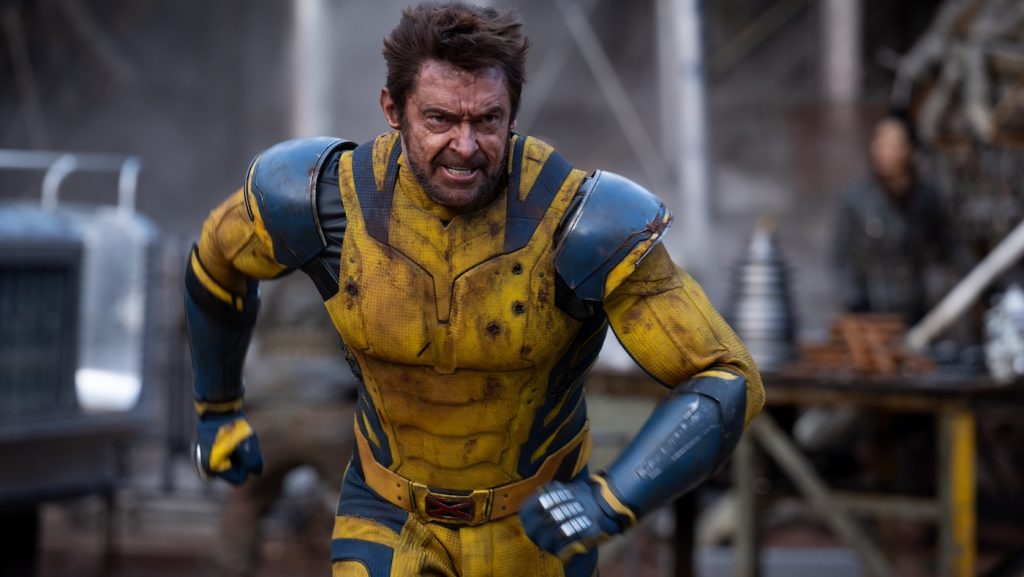
How did you manage the choreography and training for something with so many moving parts?
Once we started filming, Alex and Dan were on set every day working with the actors. Whenever they had a spare moment, Liang and the other stunt coordinators worked on it on and off for maybe five or six weeks. Once we were within striking distance, we picked a week where second unit wasn’t filming and did a full stunt viz with 50 stunt people and the stunt doubles as a proof of concept. Ryan and Shawn loved it! Ryan sent me a very lovely text about how happy he was—that’s exactly what he’d imagined since the first Deadpool, including the song (Madonna’s “Like A Prayer”). His ability to dream these things up and work with Shawn to elevate them to the next level is just incredible. Bringing that sequence to life meant a lot to us.
Deadpool & Wolverine is playing in theaters now.
For more on Deadpool & Wolverine, check out these stories:
Gambit Lives: “Deadpool & Wolverine” Deleted Scene Confirms Channing Tatum’s Remy LeBeau Survived
“Deadpool & Wolverine” Costume Designer Graham Churchyard on Bringing Back Logan’s Yellow Suit
Featured image: Channing Tatum is Gambit in “Deadpool & Wolverine.” Courtesy Walt Disney Studios/Marvel Studios


